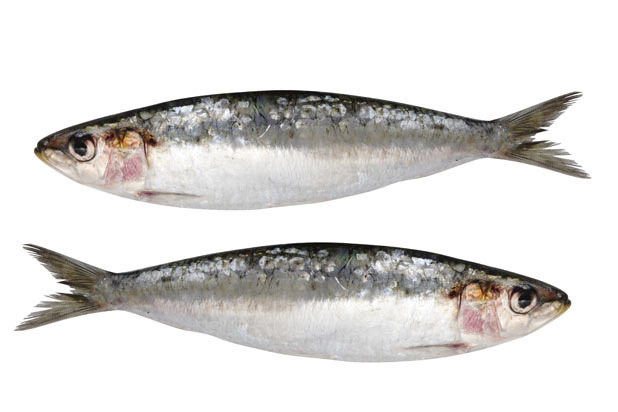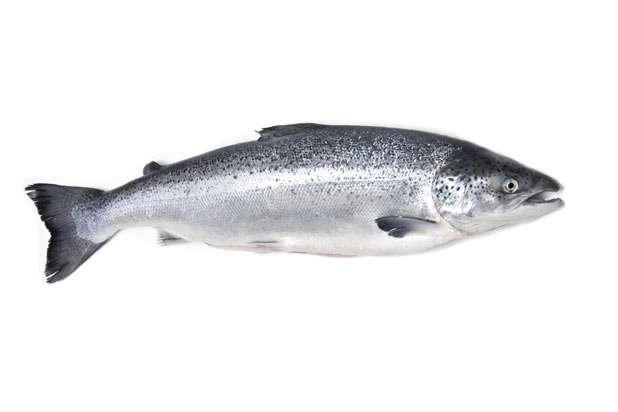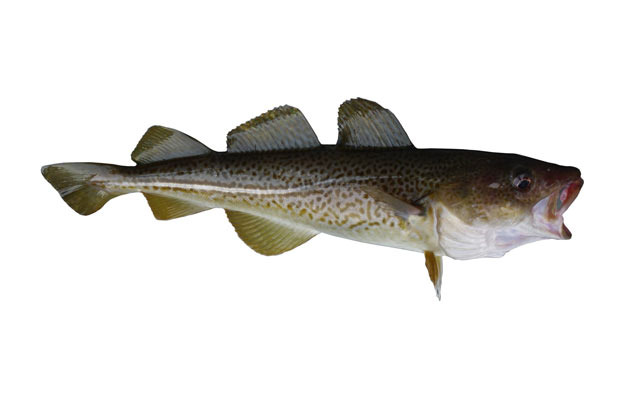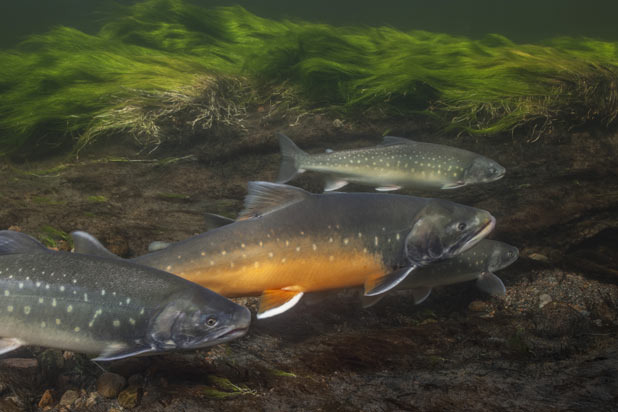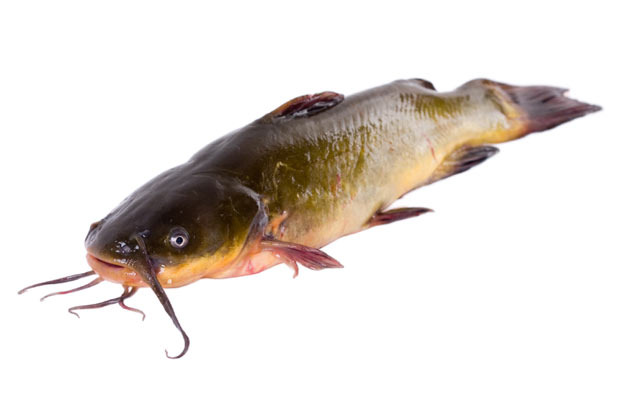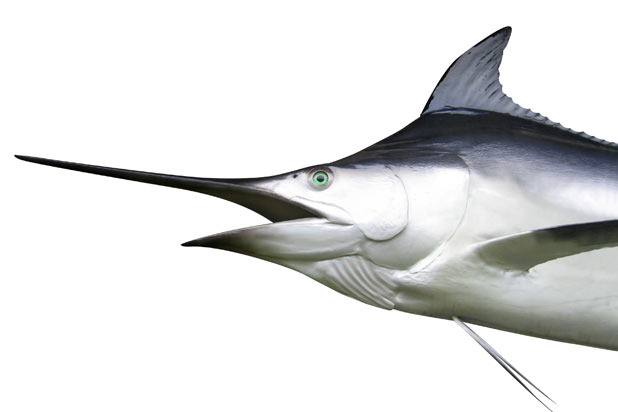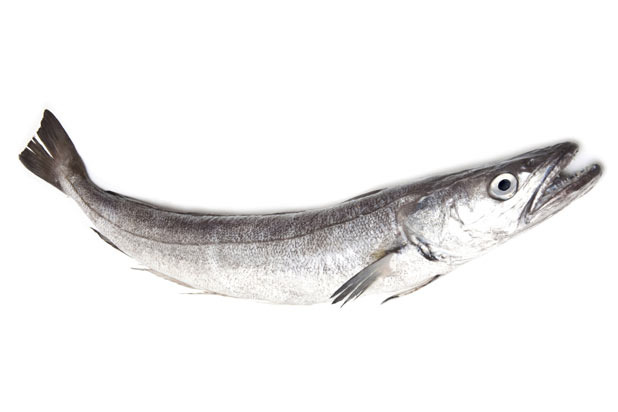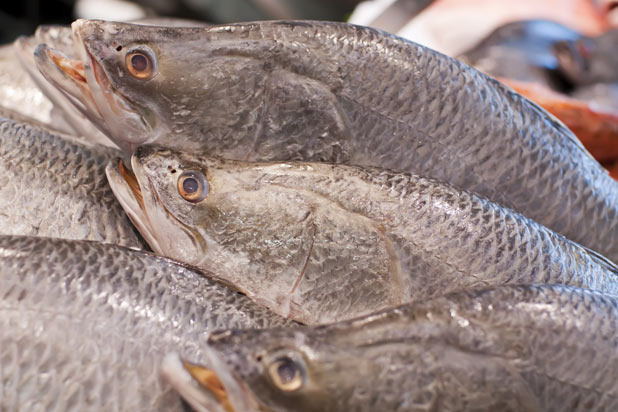What Fish Should You Be Eating Now (Slideshow)
"Shellfish are raised by the billions," Bowman tells us, and they're always a safe choice because they're raised naturally and are fished in some of the most sustainable ways. If you check the program's buyer's guide, you'll see that only a few types of shellfish, such as crab, crawfish, and shrimp, fall under their red list due to particular ways in which they're caught, but there are still optimal options from the best choices and good alternatives lists. Shellfish is a great, low-fat choice when you're looking for a boost of protein, and because most shellfish have a tender texture and fresh ocean taste, they make great additions to any meal you're planning, like with this spaghetti and clams recipe.
Sardines
Sardines are an unlikely choice when thinking about seafood on the menu, but according to Bowman and Dr. Bhatia, they're great for the environment and your health. Sardines are low down on the food chain, they reproduce by the millions, and take little manpower to fish. Along with their environmentally sound characteristics, they're a great source of nutrition, says Dr. Bhatia, because they're packed with calcium and vitamins B12 and D. And just when you thought you'd never be able to eat a sardine, you might change your mind when you read this classic Italian recipe for sardines in soar sauce from chef Carmen Quagliata in New York City.
Wild-Caught Salmon
As a great source of fatty acids and omega-3s, salmon is an optimal choice for health as it helps promote brain and heart health, and also help to reduce inflammation, says Dr. Bhatia. Dr. Barry Sears, author of the Zone diet, also adds that salmon is one of the most flavorful, oil-rich fish, and is low in mercury levels, too. As one of the more popular choices of seafood, though, the raising and farming of salmon can sometimes have negative impacts on our planet. Bowman and the program's recommendations suggest looking for wild salmon from Alaska that's been caught by using drift gillnetting and purse seine and trolling practices, which is a method that tows a line underneath the boat and avoids bycatch issues. Salmon's great flavor cannot be argued with, and it is often seen prepared with Asian flavors like this recipe from chef Eric Ripert, which serves it in a ginger-soy vinaigrette.
Click here to see the Seared Salmon and Ginger-Soy Vinaigrette Recipe.
Cod
Cod is one of the most favorable choices in the world of seafood, but unfortunately is also one of the species that becoming extinct because of our poor fishing practices. If you can find cod that's been caught by hook-and-line in the Atlantic, or bottom longline or jig and trap in the Pacific, you're helping its species survive a little bit longer. Similar to salmon, cod is an oil-rich fish that supports brain and heart health, and it's also ideal for cooking, Dawson, of the International Culinary Center, explains. He loves cooking with cod because it's a flaky, dense, white fish that pairs well with any flavor he feels like cooking with, and is versatile enough to be made using a range of cooking methods, including sautéing, roasting, poaching, and grilling. Craving Mexican? This recipe from Richard Sandoval prepares a tempura-fried cod and serves it in tacos.
Arctic Char
Arctic char is one of Bowman's favorite unsung heroes in the seafood world, as it is one of the best choices for being ecologically responsible when buying fish. Because most arctic char is farm-raised in land-based, closed systems, they pose little threat in terms of pollution and effecting habitats. As a relative to salmon, it's a great second choice if you can't find any sustainable salmon at the store, and shares many of its health and flavor benefits, too. This recipe proves that Arctic char is a great fit when you're looking to switch up your routine, serving it with a mint-yogurt dressing on top of a lamb, cherry hash.
Click here to see the Seared Arctic Char with Lamb-Cherry Hash and Mint Yogurt Recipe
Catfish
A staple fish in the South, catfish is making a comeback in the culinary world, and that's great for our environment, too. Chefs all over the South are reinventing the light, white fish, by serving it with fresh and bright flavors like lemon and avocado. Buyers be wary, though, because some fish you'll find at the grocery store labeled "catfish" could be imported from other countries and may not be catfish at all. To avoid this issue, only buy catfish that are labeled as U.S.-farmed, which means they were raised in closed, recirculated fresh water ponds and fed a mostly vegetarian diet. This recipe is a lighter variation of the deep-fried catfish we usually see, keeping it as the lean protein that we need it to be for our health.
Swordfish
"My favorite fish to cook right now is local swordfish, because I love the meaty texture, which is great for grilling," says Eric Bromberg of Blue Ribbon Sushi Izakaya in New York. While we agree that swordfish is a great fish, Bowman designates swordfish as a type of fish that's great to enjoy only once in a while when the right choices are made when buying it. Look for harpoon- and handline-caught swordfish from Canada, the U.S., the North Atlantic, and the Eastern Pacific.
Striped Bass
Striped bass is a popular seafood choice across the board, as it is good for you, sustainable, and tastes great. Chef Laurent Tourondel of Arlington Club tells us that fishing for striped bass is one of his favorite summertime activities, explaining that "the fish is so fresh and flavorful right out of the sea." Striped bass is also a great choice when you're concerned about the mercury levels you're consuming, according to Dr. Bhatia, and while in the past striped bass has been vulnerable to fishing pressure, the Seafood Watch Program states that recent reports show that its stock is abundant and overfishing is not currently a concern.
Click here to see the Whole Striped Bass Baked in Salt Crust Recipe.
Hake
Chef Michael Ferraro of New York City's Delicatessen and macbar loves cooking with hake, explaining that "it's a very tender white fish with similar characteristics to cod." He says that its great taste works well with frying, pan-roasting, and steaming, and because it's not an overly popular fish, it's affordable and still accessible. Despite hake not being a popular fish, it has succumbed to overfishing in the past years, but recent reports from the program state that it's not nearly as threatened as it has been, and they've placed it on their "good alternatives" list so long as they're wild-caught and from the U.S. areas of the Atlantic. If you come across hake at the store, try it using this cod recipe, which marinates it in a miso glaze before grilling it over an open flame.
Barramundi
Barramundi is among the top of its class for sustainable seafood, as it is a fast-growing and a hardy fish to consume. The program recommends only buying barramundi that has been farmed in the U.S., which means they were raised in closed, recirculating tanks, rather than being raised in open nets or cages in the Indo-Pacific. Because barramundi mainly feed on plankton, they eat less fish with high mercury levels and therefore contain fewer toxins, making them an optimal choice for health. Similar to cod and halibut, barramundi is a white, flaky fish that is versatile enough to cook with any set of flavors. Next time you go to make this recipe with a fruity watermelon salsa, try barramundi instead of halibut.

